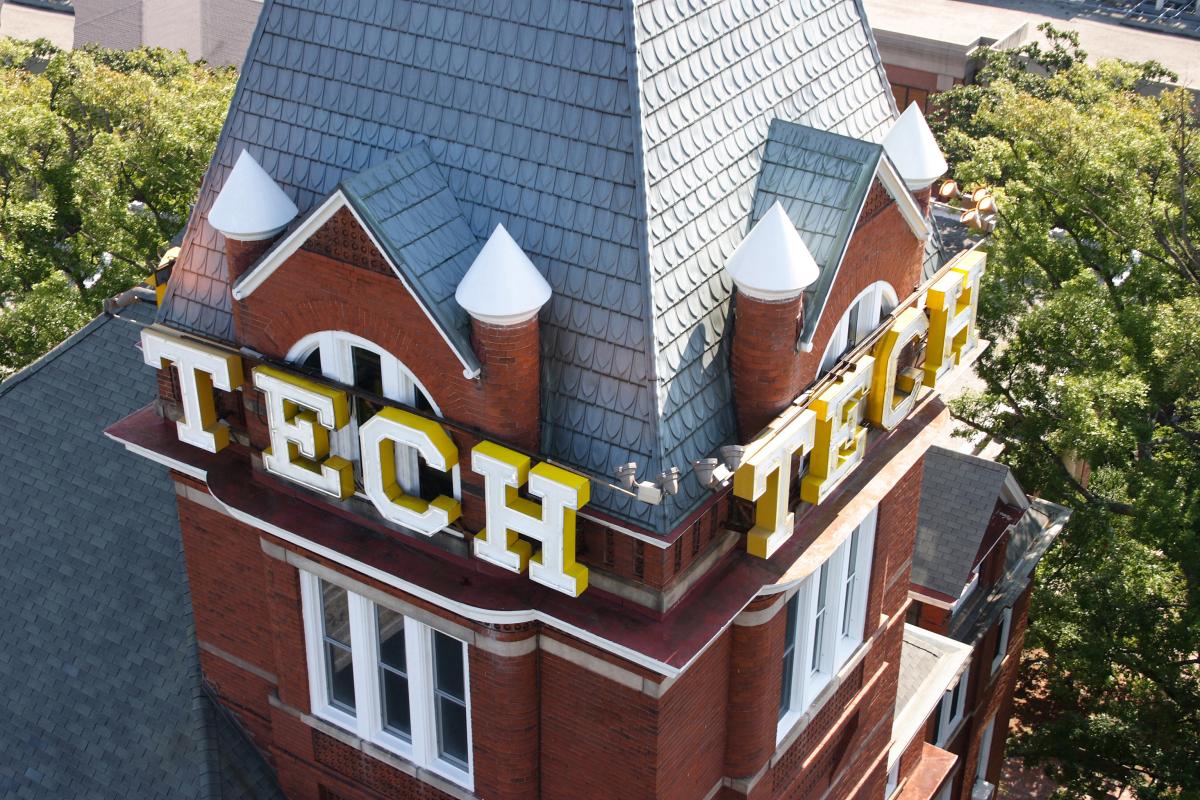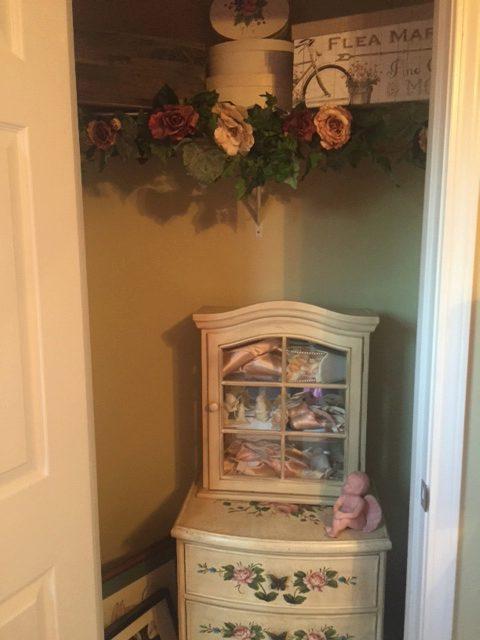
This month we asked two dean's office employees to share their tips and methods for staying organized. Associate dean John Leonard, who is known around Tech Tower for being a data and efficiency geek, was happy to share some strategies for keeping your digital life as streamlined as possible while HR director Lynda House opted to share her journey to organize a room after getting rid of some extra furniture.
Keeping Your Digital Life in Order
John Leonard
Associate Dean for Finance and Administration
1. How important is it for you to keep your digital life organized?
Incredibly important! My job requires that I track conversations, facts, activities and projects across multiple business areas of the College and the Institute. My attention regularly cycles through faculty hiring to cost sharing to space and facilities issues to budgeting to graduate enrollments to strategic planning to academic policy changes to data warehousing to faculty workload to employment and hiring issues to marketing to fund raising to my personal research activities. Lots of people depend on me to keep things moving through my office without getting stuck. Without a good system, my head (and attention) would be spinning!
2. What strategy or strategies do you use to manage your email inbox?
About 13 years ago while on leave from GT working for the State Road and Tollway Authority a co-worker and I (both struggling in our new jobs) discovered David Allen’s approach to Getting Things Done (GTD). A key concept in GTD is to get stuff out of your head and into a trustable system. This lets you focus your full attention on a single activity knowing that your “system” will keep track of all other important things that you don’t want to forget. It’s a “zen-like” peace of mind thing.
I regularly take my various inboxes (both electronic/email and paper) to ZERO, preferably daily. My mantra – an inbox is NOT storage or a task list, it is an inbox. I maintain a separate list of “to-dos” that I regularly prioritize to make sure that my attention is focused on the important stuff. If something is chewing on me, I add it to my list of to-dos and trust that it will be properly prioritized with everything else during the next regular review of my to-do list.
3. Outside of email what programs do you use to manage your digital life, whether for file sharing, file storage, or time management/scheduling?
I’m constantly on the lookout for new tools. For the past 15 years or so my “hardscape” (email, calendar, and task list) has been organized using Outlook. To help me quickly convert emails to tasks or calendar entries, I’ve used several different outlook “add-ons”. The most recent I’m using is called ClearContext. To catch cool stuff I run across online and want to save for later reading, I use the cloud tool “EverNote”.
4. How do you keep track of all of your various logins and passwords?
LastPass. While not as paranoid as some I do recognize my responsibility to keep both Institute and my personal data secure. I purchased a personal copy of LastPass (although GT also has a license) to keep all my passwords separate, hardened and organized. I use a single (non-GT) email address to recover forgotten passwords and protect this email account using 2-factor authentication. I use 2-factor authentication on all my major sources of electronic identity including LinkedIn, Twitter, Facebook, Microsoft On-line, etc.
I’ve had my credit card “re-issued” twice in the last year. While still a pain in the rear, my use of LastPass enabled me to quickly and efficiently update all my “auto-pays” without having to worry that I’d missed a few.
5. Are there any books or articles that you would recommend for people who want to get their digital assets in order?
My biggest piece of advice: find a getting-organized buddy! It’s always more fun to bounce ideas, share resources and discover better ways to keep on top of things with someone looking to do the same. It’s more of a journey than a one-shot-inoculation-and-now-I’m-organized task. I also suggest checking out the “Getting Things Done” URL provided above. Finally, I have found many good suggestions on the website lifehacker.com.
My Get Organized Journey
Lynda House
Director of HR & Administration
My husband and I are giving his daughter some furniture to help set up her new apartment so we decided to take the opportunity to redecorate and get organized. We were losing some storage space in the process so some things had to go. This is how the journey went.
December 11: We have 3 weeks until moving day so I need to get busy! My first priority is to deal with the desk and files. I have already started going through my personal files (old paper bills, receipts, and important stuff too like car titles and legal documents). Since I now pay all bills online, I am shredding nearly everything except important documents. Over the next week my goal is to clean out the desk and use other existing pieces (meaning, I don’t want to buy anything new unless it is absolutely necessary). I have read that you should resist the temptation to shop for storage before you start the decluttering project—it makes sense to me!
December 18: Making progress! I have organized my home files—shredding lots of documents and arranging what is left so I can find what I am looking for easily. What worked for me was to break it down in small blocks—15-20 minutes per day so the overall task wasn’t too overwhelming. My next task is to go through a pile of books and other media (like VHS tapes!) to decide which ones to donate, give to family and keep. Next week while we are on break I will tackle the dresser and the under-bed storage. Some of these things have sentimental value—but a great deal of it hasn’t been used in years. This process takes discipline to pare down to what is really important.
December 30: This was the hard part—in all, we spent over 20 hours sorting, cleaning and organizing the closets, drawer space and other storage. I accomplished my goal, but it was exhausting. One lesson I learned is that I need a non-negotiable target date to meet. We organized similar items in one place—all travel books together, gift wrap, craft/hobby supplies, etc. so we will be able to find what we are looking for in the future. In the process, we were able to find some things that had been “lost” and recycle stuff in good condition that we no longer use. Even after this project, we are still at capacity so I will definitely use the “one in/one out” rule….for any new item coming into the house, something old goes out. We were also able to use pieces that we already had—I only spent $10 on a decorative box. Most importantly, I was able to create a space using things that I enjoy and will be glad to see every day. The feeling of accomplishment is great and it is perfect timing for the start of a new year!

